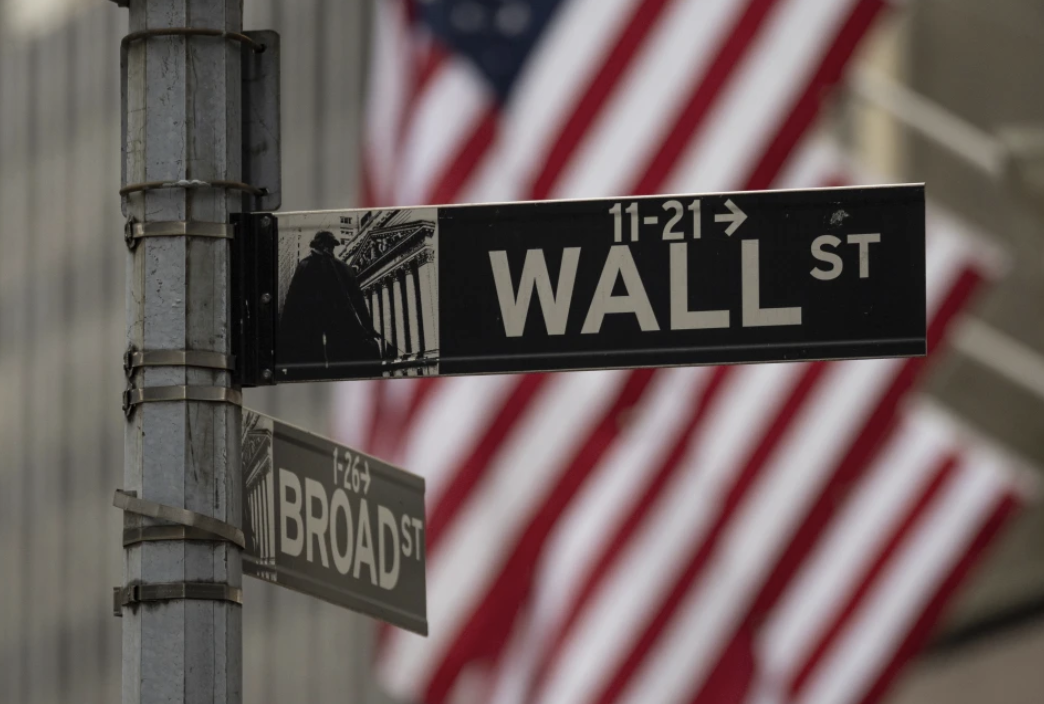The US labor market in May 2025 delivered a surprising jolt, with job openings spiking unexpectedly while hiring took a noticeable dip. The Labor Department’s Job Openings and Labor Turnover Survey (JOLTS) revealed a complex dynamic: businesses are eager to post vacancies but cautious about filling them, largely due to uncertainty surrounding President Donald Trump’s trade policies, including a 90-day tariff pause set to expire on July 9. With layoffs dropping and workers showing more confidence, the labor market is a fascinating mix of resilience and restraint. Let’s dive into the numbers and trends shaping this pivotal moment.
A Surge in Job Vacancies Shocks Analysts
Job openings in May 2025 jumped by 374,000 to a robust 7.769 million, blowing past economists’ expectations of 7.3 million. This 5.1% month-over-month increase marked the highest level since November 2024, driven by strong demand in specific sectors. Leisure and hospitality led with a staggering 314,000 new vacancies, particularly in hotels and restaurants. Finance and insurance added 91,000 openings, while transportation, warehousing, and utilities chipped in 60,000. In contrast, federal government vacancies cratered by 39,000, hitting a five-year low, likely due to Trump’s federal hiring freeze.
To put this in perspective, the job openings rate climbed to 4.6% from 4.4% in April, signaling a tighter labor market. The table below breaks down key labor market indicators for May 2025, compared to April 2025 and May 2024, highlighting the sharp rise in vacancies and other trends:
| Metric | May 2025 | April 2025 | May 2024 | Change (May 2025 vs. April 2025) |
| Job Openings (millions) | 7.769 | 7.395 | 7.182 | +374,000 (+5.1%) |
| Hires (millions) | 5.503 | 5.615 | 5.789 | -112,000 (-2.0%) |
| Layoffs (millions) | 1.601 | 1.789 | 1.623 | -188,000 (-10.5%) |
| Quits (millions) | 3.293 | 3.215 | 3.456 | +78,000 (+2.4%) |
| Job Openings Rate (%) | 4.6 | 4.4 | 4.3 | +0.2 |
| Hires Rate (%) | 3.4 | 3.4 | 3.6 | 0.0 |
| Layoffs Rate (%) | 1.0 | 1.1 | 1.0 | -0.1 |
| Quits Rate (%) | 2.1 | 2.0 | 2.2 | +0.1 |
This surge in openings reflects persistent employer demand, but the year-over-year comparison shows vacancies are only 8.2% above May 2024 levels, suggesting growth is robust but not explosive. The data underscores a market eager for workers, yet selective in its next steps.
Hiring Slows as Employers Hit Pause
Despite the boom in vacancies, hiring slumped, with 5.503 million hires recorded-a drop of 112,000 from April’s 5.615 million. This 2% decline was most pronounced in the federal government, where hiring fell by 11,000 to just 22,000, the lowest since March 2020. The hires rate held steady at 3.4%, but the slowdown hints at employer caution. With the tariff pause nearing its end, businesses are hesitant to expand payrolls until trade policies clarify.
Analysts note that the uncertainty is particularly acute in manufacturing and retail, where potential tariff hikes could disrupt supply chains. “Employers are posting jobs but holding off on final offers,” said Julia Pollak, chief economist at ZipRecruiter. “It’s a wait-and-see game until July 9.”
Layoffs Plummet, Bolstering Stability
Layoffs offered a silver lining, falling by 188,000 to 1.601 million, a 10.5% reduction from April. The layoffs rate stabilized at 1.0%, reflecting employers’ reluctance to cut staff. Finance and insurance saw a significant drop of 47,000 layoffs, while other sectors reported minimal job losses. This trend of labor hoarding, evident since the post-COVID recovery, has kept the market steady, with 1.07 job openings per unemployed person, up from 1.03 in April. Though below the 2022 peak of 2.03, this ratio remains above the pre-COVID norm of 1.2, favoring job seekers.
Workers Gain Confidence with More Quits
Voluntary quits rose by 78,000 to 3.293 million, pushing the quits rate to 2.1% from 2.0%. This 2.4% increase signals growing worker optimism, as employees feel confident enough to chase better opportunities. The quits rate was consistent across industries, with no major sectoral spikes. However, a projected unemployment rate rise to 4.3% in June (from 4.2% in May) looms, per Reuters’ polls. The July 3 employment report is expected to show nonfarm payrolls growing by 110,000 jobs, down from 139,000 in May, with annual wage growth at 3.9%.
Trade Policy Clouds the Horizon
The specter of Trump’s trade agenda, including potential tariffs on China and Japan, hangs heavy. The Conference Board’s June survey showed consumer confidence waning, with only 15.8% of respondents calling jobs “plentiful,” a four-year low. Unemployment benefit claims hit a 3.5-year high in mid-June, adding to concerns. If tariffs resume, economists predict a sharper hiring slowdown by Q3 2025. The Federal Reserve, holding rates at 4.25%-4.50%, is unlikely to cut until September, per market forecasts.
Conclusion
The US labor market in May 2025 is a paradox: vibrant with openings, cautious with hiring, and steady with low layoffs. Leisure and hospitality’s 83.8% share of the vacancy surge may falter if consumer spending weakens. Yet, the rise in quits and drop in layoffs signal resilience. As businesses await trade policy clarity, the July 3 jobs report will offer critical insights. For now, the market is balancing opportunity with caution, poised for what comes next.

